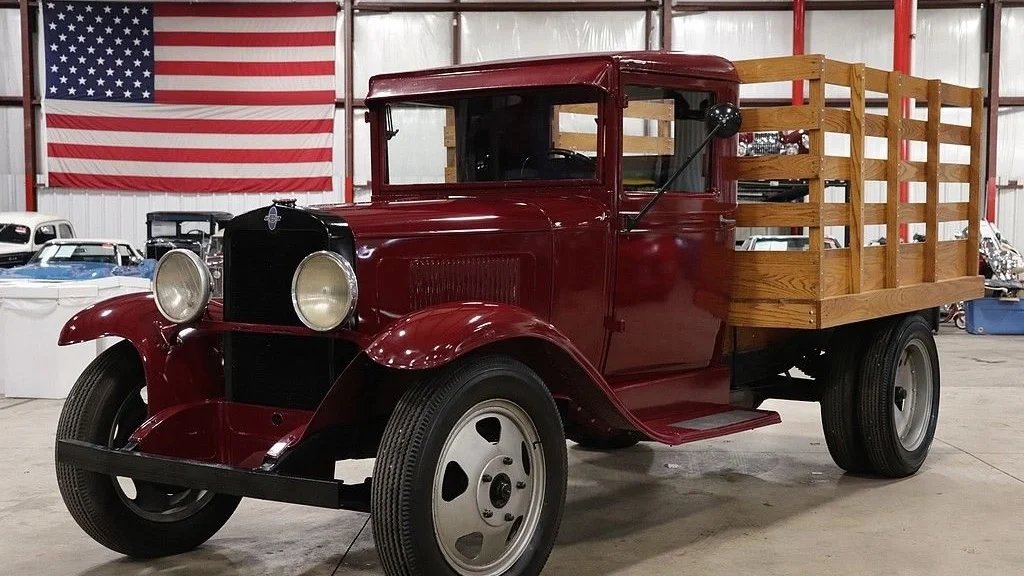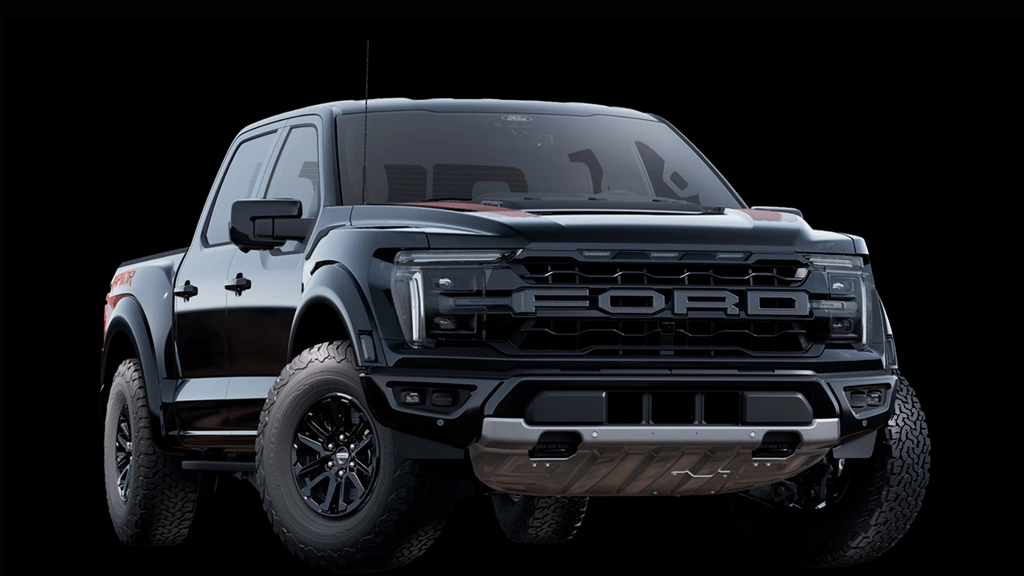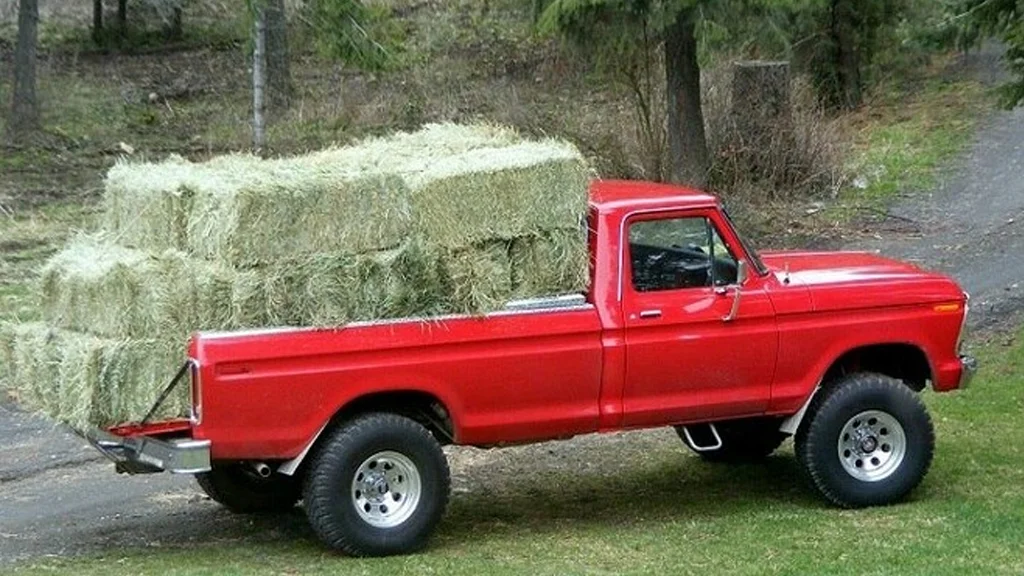Trucks have long been a cultural icon in the United States, embodying ruggedness, strength, and independence. Their versatility makes them indispensable for farmers hauling crops, construction workers transporting materials, families towing campers, and outdoor enthusiasts navigating rough terrain. Historically, trucks symbolized freedom and reliability, deeply rooted in America’s frontier spirit. Yet recent years have seen a puzzling trend: declining truck sales. What’s driving this shift? Let’s explore the multifaceted reasons behind the downturn.
Historical Context: From Workhorse to Lifestyle Symbol
Trucks first gained prominence in the early 20th century as military logistics vehicles, delivering supplies to battlefields where railways fell short. By the 1920s, their practicality extended to agriculture and industry, cementing their role as America’s workhorses. Over time, trucks evolved beyond utility—automakers infused them with luxury features, transforming them into lifestyle vehicles. For decades, their dual appeal (functionality + cultural cachet) fueled dominance in the automotive market.

Why the Decline? Five Key Factors
- Market Fragmentation
Modern vehicles increasingly blur traditional boundaries. SUVs now offer comparable towing capacity, while electric cars and hybrids cater to eco-conscious buyers. Crossovers combine passenger comfort with light hauling capabilities, diverting consumers who once defaulted to trucks. With more tailored options, buyers no longer need to compromise.
- Shifting Workforce Dynamics
Automation and urbanization are reshaping industries. Fewer Americans work in agriculture or construction—sectors that historically drove truck demand. Even within these fields, companies increasingly lease fleet vehicles rather than relying on individual ownership.
- Economic Pressures
Truck prices have skyrocketed, with premium models exceeding $80,000. Rising interest rates and inflation squeeze household budgets, while fuel costs add strain: the average full-size truck consumes 30% more gasoline than a midsize SUV. For cost-conscious buyers, practicality often trumps symbolism.
- Post-Pandemic Realities
Economic uncertainty lingers after COVID-19. Consumers prioritize essential spending, and remote work has reduced commuting needs. Many households now question whether owning multiple vehicles—especially gas-guzzling trucks—is justified.
- Generational Preferences
Younger buyers increasingly favor sustainability over horsepower. Electric vehicles (EVs) and hybrids now account for 18% of U.S. auto sales, reflecting a cultural shift. Meanwhile, enthusiasts criticize modern trucks for sacrificing raw capability in favor of tech-heavy designs and emissions compliance.

The Road Ahead
While truck sales have dipped, their cultural significance ensures survival. Automakers are adapting: electric pickups like the Ford F-150 Lightning and Rivian R1T merge tradition with innovation, appealing to both environmentalists and traditionalists. Additionally, the used truck market thrives as buyers seek affordability.
Ultimately, trucks aren’t disappearing—they’re evolving. As one industry analyst notes, “The pickup isn’t dead; it’s just sharing the road with more neighbors.” Whether powered by gas, electricity, or hybrid engines, America’s love affair with trucks will endure—albeit with fewer roaring engines and more charging ports.

